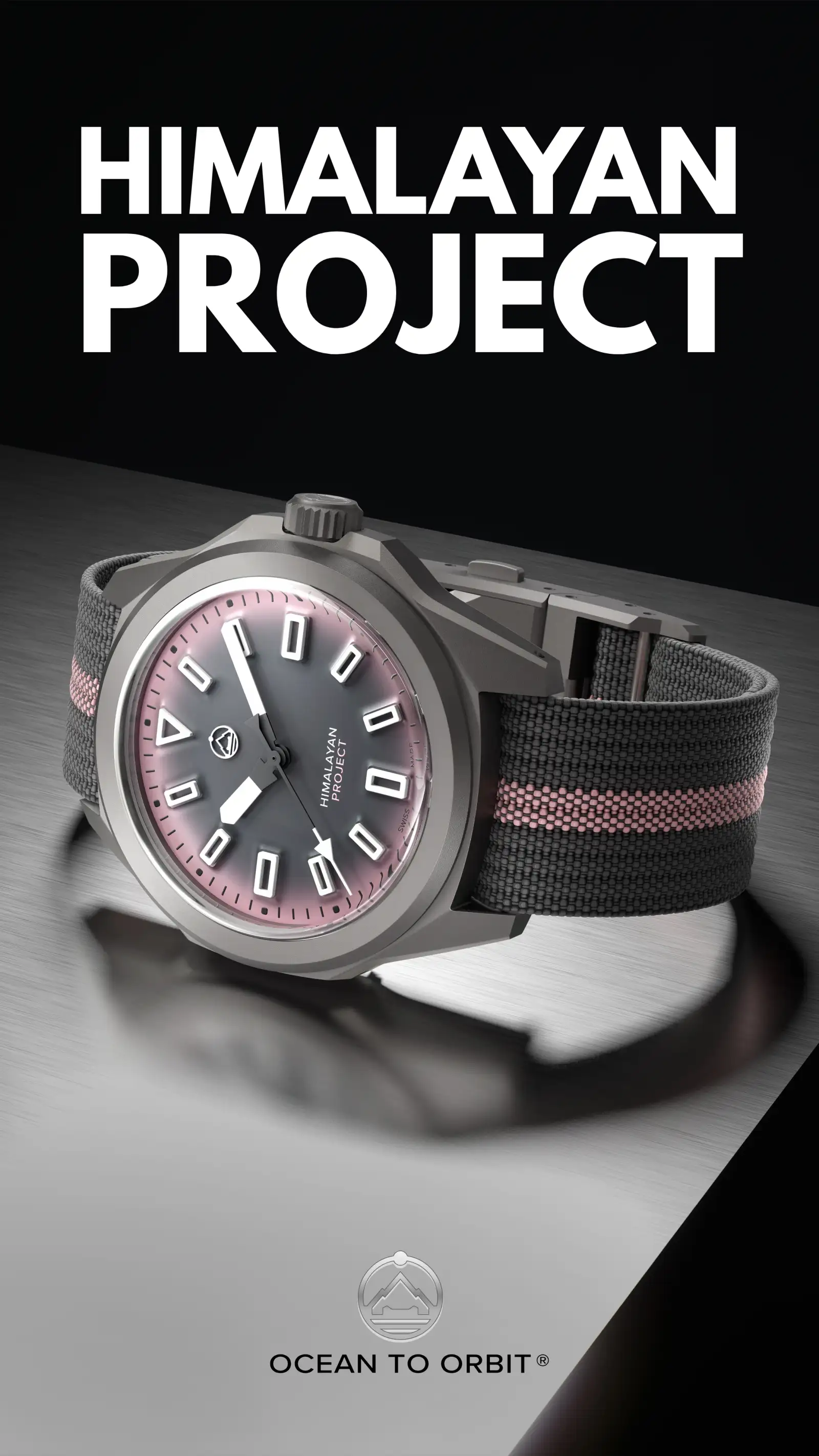ADVERTISEMENT
.avif)
Introduction to
Breguet
Breguet is not just a watch brand—it is a cornerstone of horological history. Founded in 1775 by Abraham-Louis Breguet, one of the most brilliant inventors in watchmaking, the brand introduced some of the most important technical innovations that still define haute horlogerie today. From the tourbillon to the perpetual calendar, from the Breguet overcoil to the pare-chute shock protection system, Breguet’s inventions shaped the way mechanical timepieces function and are assembled.
After establishing his workshop in Paris, Abraham-Louis Breguet quickly attracted the attention of Europe’s elite. His clientele included Marie Antoinette, Napoleon Bonaparte, Tsar Alexander I, and Queen Victoria, cementing Breguet’s reputation as the watchmaker of kings, queens, and great minds. His designs combined elegance with precision, showcasing both engineering genius and artistic refinement. Perhaps the most famous Breguet watch is the No. 160—a highly complicated piece made for Marie Antoinette, which became legendary both for its technical ambition and its dramatic backstory.
One of the brand’s greatest contributions to horology is the tourbillon, patented in 1801. This ingenious mechanism compensates for the effects of gravity on a watch’s escapement, improving timekeeping accuracy—especially in pocket watches of the era. Today, tourbillons are considered one of the highest expressions of mechanical craftsmanship, and Breguet’s continued development of this invention is a tribute to its founder’s legacy.
Breguet also pioneered visual design elements that remain iconic: Breguet hands, with their moon-shaped tips; guilloché dials, hand-engraved on rose engines; and fluted case bands, all of which remain key features across its collections. These elements make a Breguet instantly recognisable to connoisseurs.
In the modern era, Breguet is part of the Swatch Group and continues to produce technically advanced and classically styled watches at its manufacture in the Vallée de Joux, Switzerland. Its collections include the Classique, known for elegant complications; the Marine, a sportier take on Breguet heritage; and the Tradition, which reveals the mechanical heart of the movement on the dial side in an architectural layout inspired by 18th-century pocket watches.
More than just a heritage brand, Breguet remains a leader in innovation. Recent advances include high-frequency silicon escapements, updated tourbillon mechanisms, and proprietary balance springs—all developed in-house. The brand also maintains a strong connection to the world of science, aviation, and navigation, areas where Breguet timekeepers played vital roles throughout history.
With a blend of historic significance, technical excellence, and timeless aesthetics, Breguet remains a pillar of haute horlogerie. Few brands can claim to have influenced the course of watchmaking as profoundly as Breguet—and fewer still continue to honour that legacy with such grace and ambition.
Articles Featuring
Breguet


.avif)

.avif)